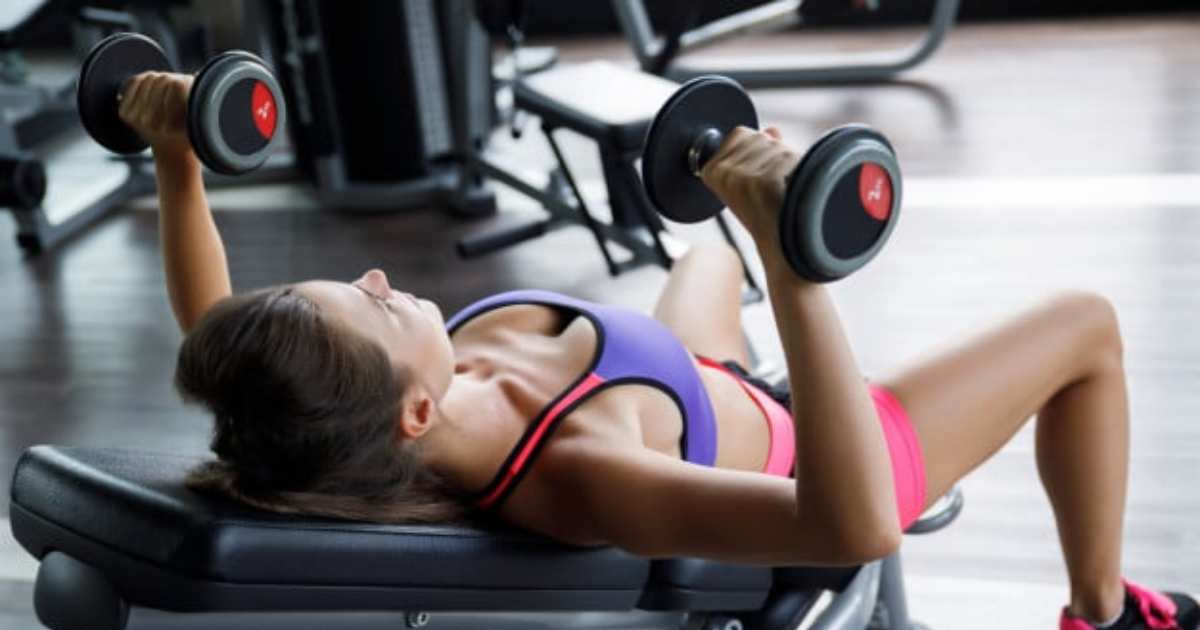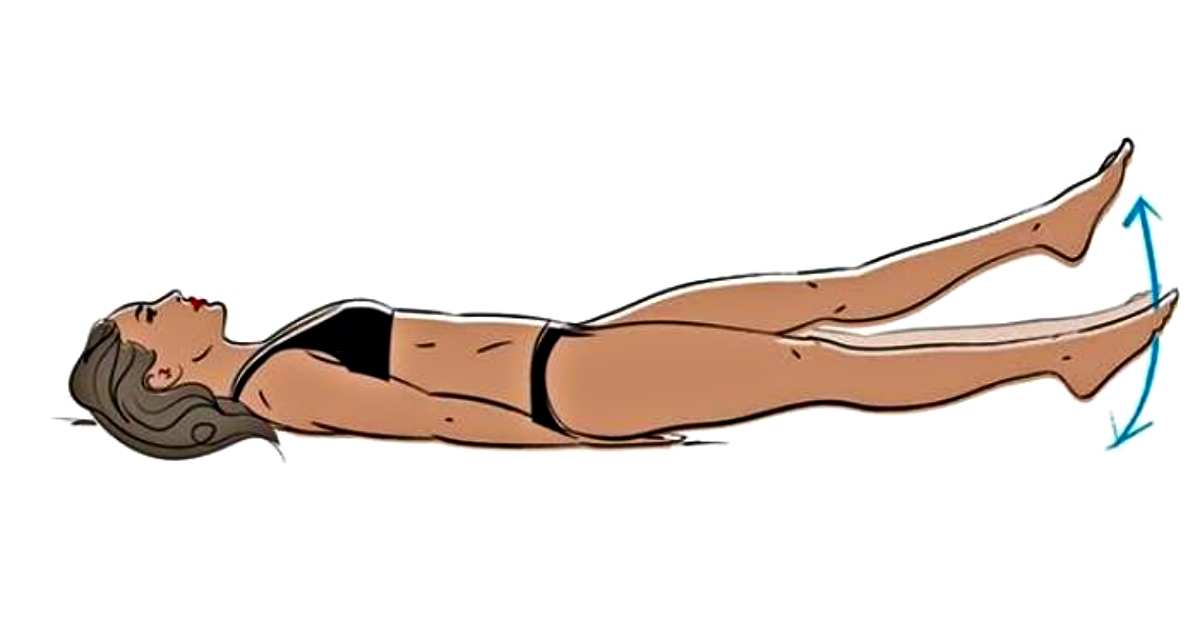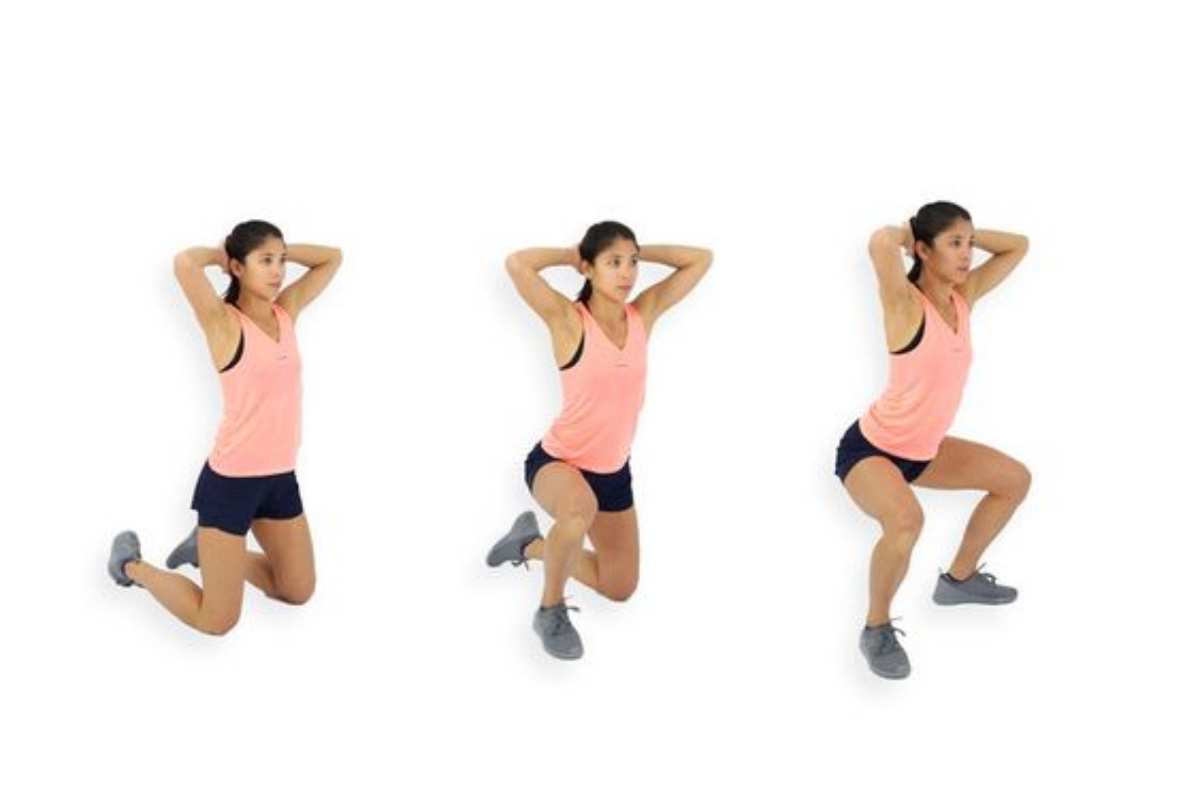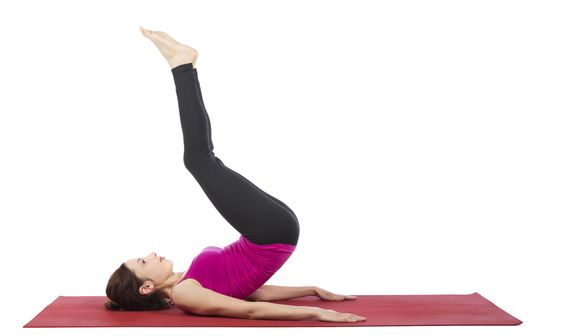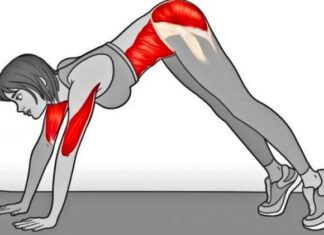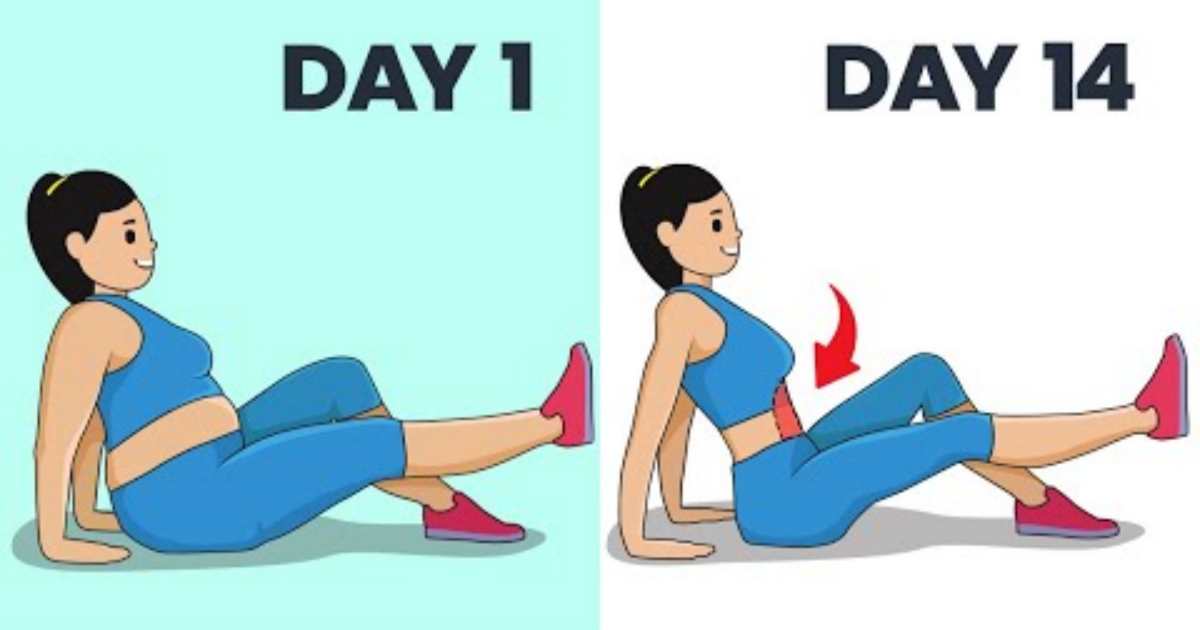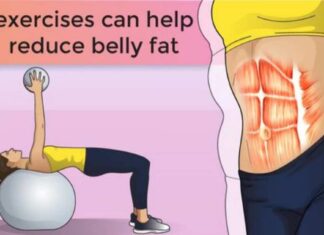Jumping jacks are a popular exercise that can be done anywhere, anytime, without any equipment. They are a great way to get your heart rate up and burn calories. But just how many calories do jumping jacks burn? In this article, we’ll explore the answer to this question and provide some tips on how to incorporate jumping jacks into your workout routine.
The Basics of Jumping Jacks
Before we dive into the number of calories burned, let’s first understand the basics of jumping jacks. Jumping jacks are a full-body exercise that involves jumping while simultaneously moving your arms and legs out to the sides. The movement is similar to the shape of a jumping jack toy, hence the name.
Jumping jacks are a great cardiovascular exercise that can help improve your heart health, increase your endurance, and burn calories. They also engage multiple muscle groups, including your legs, core, and arms, making them a great full-body workout.
Jumping Jacks Muscles Worked
Jumping jacks are a compound exercise, meaning they work multiple muscle groups at once. The primary muscles targeted by jumping jacks are the calves, quadriceps, glutes, and shoulders. These muscles are responsible for the jumping and arm movements involved in the exercise.
Calves
The calves, located on the back of your lower legs, are responsible for the jumping motion in jumping jacks. They help propel your body off the ground and absorb the impact when you land.
Quadriceps
The quadriceps, located on the front of your thighs, are also involved in the jumping motion of jumping jacks. They work with the calves to extend your legs and push your body off the ground.
Glutes
The glutes, or the muscles in your buttocks, are activated during the jumping motion of jumping jacks. They help stabilize your body and provide power for the jumping motion.
Shoulders
The shoulders are the primary muscles targeted by the arm movements in jumping jacks. They are responsible for raising and lowering your arms as you jump.
How Many Calories Do Jumping Jacks Burn?
The number of calories burned during any exercise depends on various factors, such as your weight, intensity, and duration of the exercise. On average, a person weighing 150 pounds can burn approximately 10 calories per minute doing jumping jacks. This means that in a 30-minute session, you can burn around 300 calories.
However, if you weigh more, you will burn more calories, and if you weigh less, you will burn fewer calories. For example, a person weighing 200 pounds can burn around 13 calories per minute, while a person weighing 120 pounds can burn around 8 calories per minute.
How to Increase the Number of Calories Burned
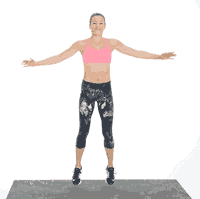
If you want to increase the number of calories burned during a jumping jack workout, there are a few things you can do:
- Increase the intensity: The more intense your jumping jacks are, the more calories you will burn. You can do this by jumping higher, moving your arms and legs faster, or adding weights to your hands.
- Increase the duration: The longer you do jumping jacks, the more calories you will burn. You can start with a 10-minute session and gradually increase the duration as you build your endurance.
- Incorporate variations: There are many variations of jumping jacks that you can incorporate into your workout routine. For example, you can do side-to-side jumping jacks, cross jacks, or squat jacks. These variations engage different muscle groups and can help you burn more calories.
- Combine with other exercises: Jumping jacks can be a great warm-up exercise before a strength training session or a cardio workout. You can also alternate between jumping jacks and other exercises, such as push-ups or squats, to create a high-intensity interval training (HIIT) workout.
Other Benefits of Jumping Jacks
Aside from burning calories, jumping jacks offer many other benefits, including:
- Improved cardiovascular health: Jumping jacks get your heart rate up, which can help improve your cardiovascular health and reduce the risk of heart disease.
- Increased bone density: Jumping jacks are a weight-bearing exercise, which means they put stress on your bones, helping to increase bone density and prevent osteoporosis.
- Improved coordination and balance: The movement of jumping jacks requires coordination and balance, which can improve with regular practice.
- Low impact: Jumping jacks are a low-impact exercise, making them suitable for people of all fitness levels and ages.
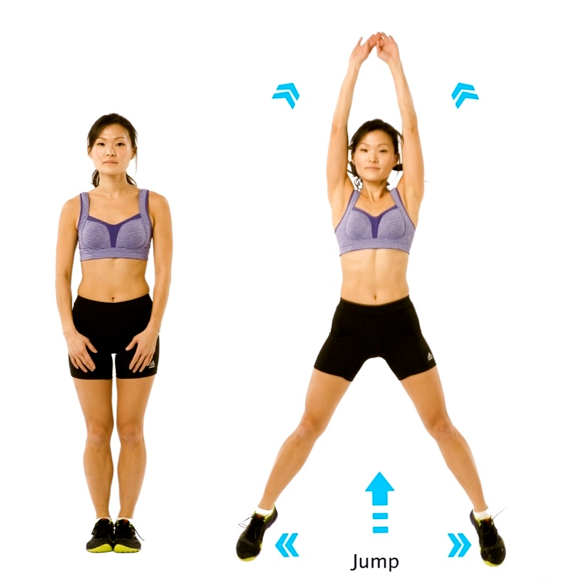
How to Do Jumping Jacks
To do a jumping jack, follow these steps:
- Stand with your feet together and your arms at your sides.
- Jump up, spreading your legs out to the sides and raising your arms above your head.
- As you land, bring your arms back down to your sides and your feet back together.
- Repeat for the desired number of repetitions.
It’s important to keep your movements controlled and avoid locking your knees or elbows. If you’re new to jumping jacks, start with a lower number of repetitions and gradually increase as you build strength and endurance.
How Many Jumping Jacks Should I Do to Lose Weight?
Jumping jacks are a great addition to any weight loss routine, as they can help you burn calories and increase your heart rate. The number of jumping jacks you should do to lose weight will vary depending on your fitness level and weight loss goals. However, a good rule of thumb is to aim for at least 150 minutes of moderate-intensity cardio exercise per week, which can include jumping jacks. This breaks down to about 30 minutes of jumping jacks per day, five days a week.
How to Incorporate Jumping Jacks into Your Workout Routine
Jumping jacks can be incorporated into your workout routine in various ways. Here are a few ideas to get you started:
- Warm-up: Start your workout with a few minutes of jumping jacks to get your heart rate up and prepare your body for the rest of the workout.
- Cardio workout: You can do a full cardio workout with just jumping jacks. Start with a 10-minute session and gradually increase the duration as you build your endurance.
- HIIT workout: As mentioned earlier, you can alternate between jumping jacks and other exercises to create a high-intensity interval training (HIIT) workout. This can help you burn more calories in a shorter amount of time.
- Cool-down: End your workout with a few minutes of jumping jacks to bring your heart rate down and stretch your muscles.
Conclusion
Jumping jacks are a simple yet effective exercise that can help you burn calories, improve your cardiovascular health, and engage multiple muscle groups. By incorporating them into your workout routine and following the tips mentioned in this article, you can safely and effectively reap the benefits of this versatile exercise. So next time you’re looking for a quick and efficient workout, don’t forget to include jumping jacks!




